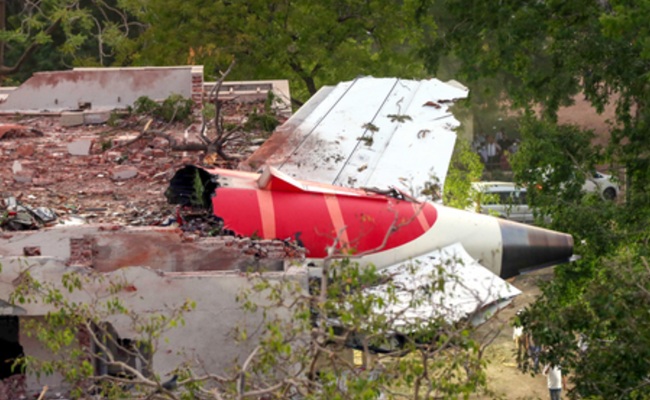
Amid the growing clamour for penal action against the Air India officials and thorough safety checks of all the Boeing planes, the Federation of Indian Pilots Association has lent its weight behind the Dreamliner pilots, one of whom was Captain Sumit Sabharwal with more than 8,000 hours of flying experience.
The Pilots association has also shared its insights on possible probabilities and reasons behind the Flight AI-171 crash, resulting in death of 241 people on board.
C.S. Randhawa, President of the Federation of Indian Pilots Association, speaking to IANS, enumerated many possible reasons behind the catastrophic crash including - bird hitting the flight, failure of both engines, problem with landing gear and loss of lift.
He said that the prima facie the point that comes to mind is both engines failing, however added that such a situation is very rare.
“Ahmedabad is known for high bird activity. If a bird had hit and both engines got affected, they could have burnt or stopped them from working,” he said.
Further breaking down the mystery, he said: “The second possibility is that the plane came from Delhi. When an aircraft flies at high altitude, its wings get cold. The wings contain fuel and water droplets can form due to the cold. These droplets can become part of the fuel. The plane was refueled in Ahmedabad for the next leg. Fuel testing is done by engineers to check for water contamination, or any other impurities and it must have been done. The aircraft was fully serviceable and ready for flight. Therefore, I rule out the possibility of sabotage or technical failure.”
The Pilots Association president further explained that he watched the CCTV footage of take-off and subsequent crash multiple times to understand the mystery.
“The landing gear appears to be down from takeoff until the crash. There are four forces acting on an aircraft -- lift, weight, thrust, and drag. If the landing gear is left down, it creates significant drag. It seems that drag was there because the gear was not retracted. As for flaps -- during takeoff, we typically use flap 5 on the 787. At performance-limited airports, we use flap 15. At the end, the flaps do not appear to be down. The plane appears to have gained altitude - perhaps 350 to 400 feet. From the video, I find that the landing gear was not retracted. So, could it be that the crew forgot to raise the gear? Maybe the captain turned on the autopilot and then ordered the gear to be raised,” he elucidated.
“In the process, the co-pilot may have inadvertently raised the flaps. If this happened, it would lead to a loss of lift, which seems to have happened,” he further opined.
C.S. Randhawa also spoke highly of the Dreamliner pilot Captain Sumit Sabharwal and said that he has known him since 2003-2004, as the latter got trained under him.












